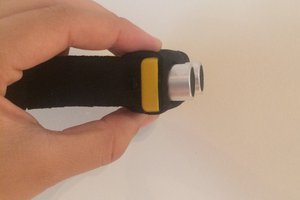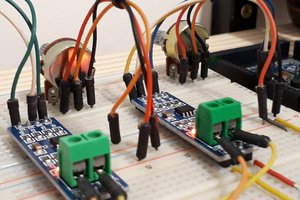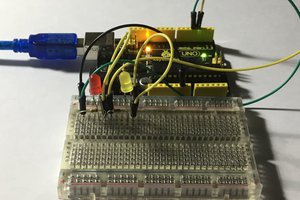Guitar tops tend to split and crack under certain temperature and humidity conditions. This hygrometer tracks the amount of humidity in the guitar case to make it easy to keep the humidity and temperature in check. Read more »
Acoustic Guitar Hygrometer
Monitors the humidity inside a guitar case to prevent cracking or damage to acoustic guitar bodies.
 Caleb Hanneman
Caleb Hanneman

 ElectronicABC
ElectronicABC
